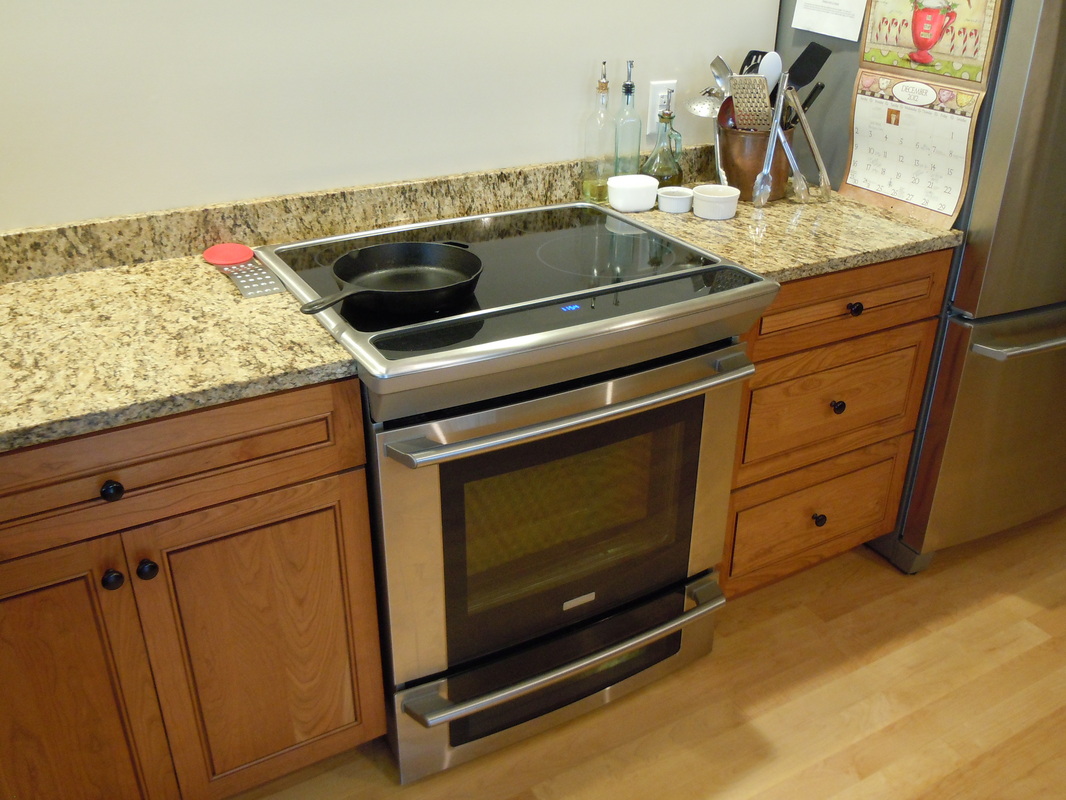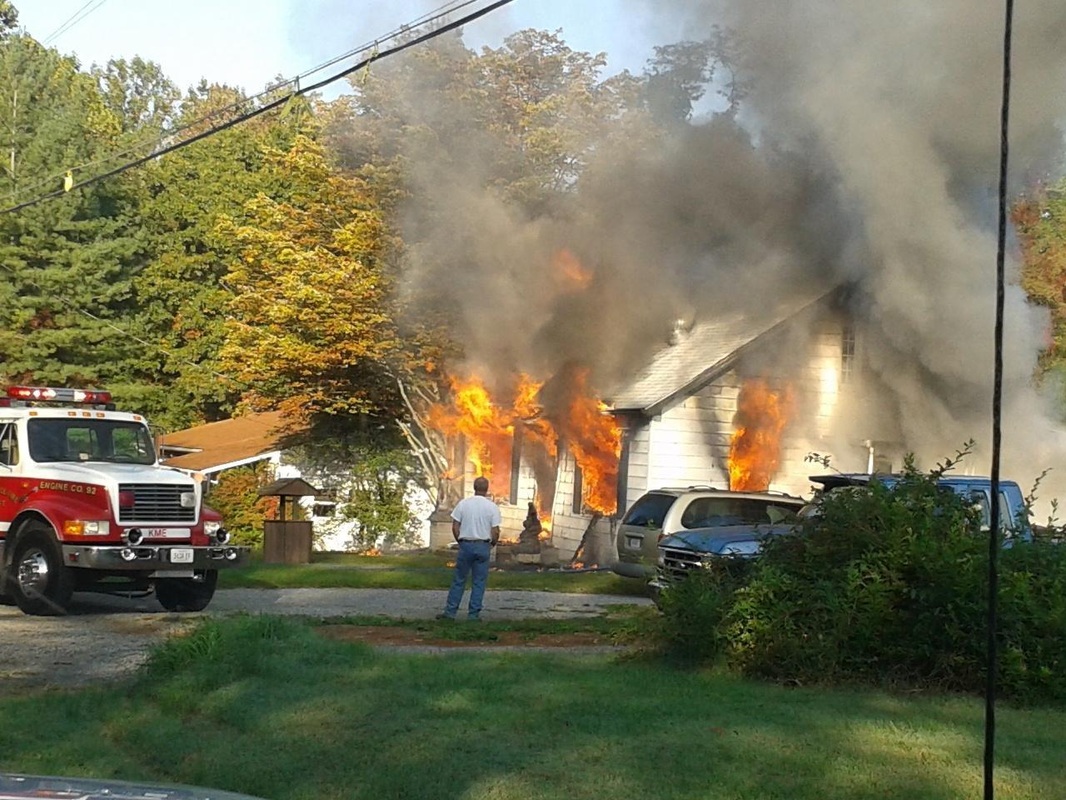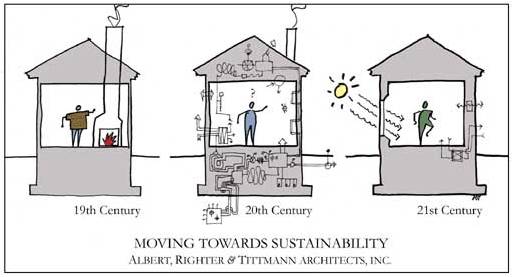As I indicated in my last post, the statistical trends are promising. In the U.S., we are seeing fewer and fewer incidents. Still, the NFPA estimates that there were over 370,000 home structure fires in the U.S., in 2011.
Based on the most current data, here are some of the leading categories/causes of home fires. I've listed them in order of significance:
Cooking
Smoking
Heating
Electrical
Clothes Dryer
Candles
Cooking accounts for the largest percentage of home structure fires. It happens most often with an unattended appliance (we walk outside to do something, or forget to turn off the stovetop). Frying poses the greatest risk, since most cooking oils reach an auto ignition temperature that is easily achieved on a stovetop.
Smoking doesn't cause as many fires, but it is the LEADING cause of fatalities.
Heating equipment is the next biggest cause of home structure fires---even though our heating season only accounts for a portion of the calendar year. We have a lot of different heating technologies, so this is a broad category; however, chimney and space heater fires are the leading causes within this category.
The electrical fire is another broad category. It includes wiring (insulation failures), overloaded circuits, equipment malfunctions, and placing combustible objects too close to lighting fixtures.
Most people don't think of a clothes dryer as a fire hazard, but the statistics say otherwise. These appliances generate a lot of heat in a small package.
Candles? Yep. Although candles might provide ambiance or help us through a power outage, they are still listed as a leading cause in home fires.
Here are ten things you can do to minimize your risk:
1) Always tend stovetops when in operation. Always!
2) Monitor cooking temperatures closely. Do not overheat cookware, especially those containing oil or other combustible liquids.
3) Avoid wearing loose clothing while cooking, especially on a gas range.
4) If you smoke, then mitigate the risk by following these sensible guidelines.
5) If you burn wood, make sure you clean and inspect your chimney every year!
6) If you use space heaters, keep combustible materials away from hot surfaces (three feet is a good guideline).
7) Inspect electrical cords for damage, repair if necessary.
8) Do not overload electrical circuits (by plugging too many appliances into the same outlet, or same group of outlets).
9) Inspect and clean your clothes dryer exhaust pipe regularly.
10) Burn candles away from combustible materials, and only when tended.
These do not apply to everyone (i.e. some people do not smoke, or operate a space heater). I'll conclude with three actions that EVERYONE should take:
1) Develop an escape plan. This is especially important for the young or the elderly. It is extremely important for multi-level buildings.
2) Purchase at least one fire extinguisher. New homes come equipped with a fire extinguisher (this is verified during the final inspection process), but this is not the case for existing homes. Learn how to use the extinguisher. Locate it close to the kitchen or within a reasonable distance of your space heater.
3) Ensure your fire / smoke detectors are working properly.
Finally, there is no subsitute for awareness and diligence. As we enter the coldest months of the year, make sure you are aware of the dangers that the heating season poses to you and your family.





 RSS Feed
RSS Feed